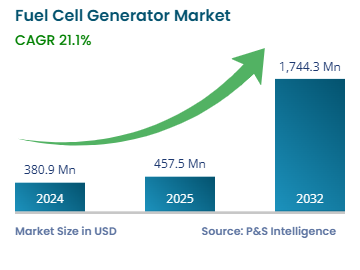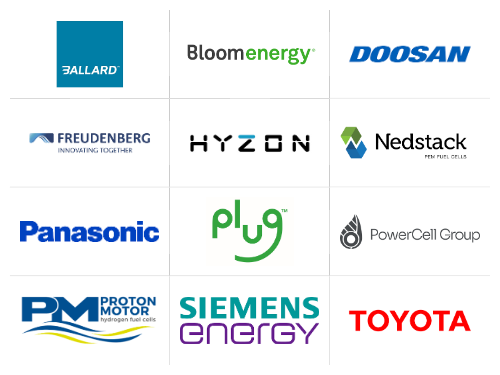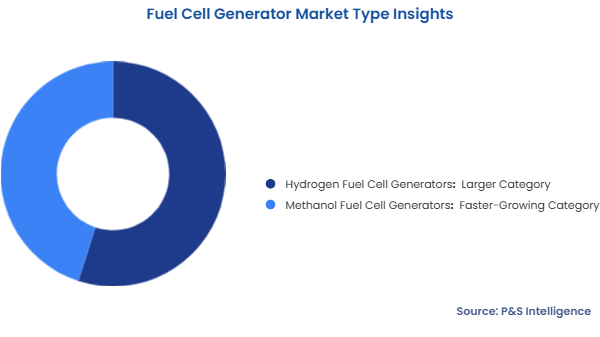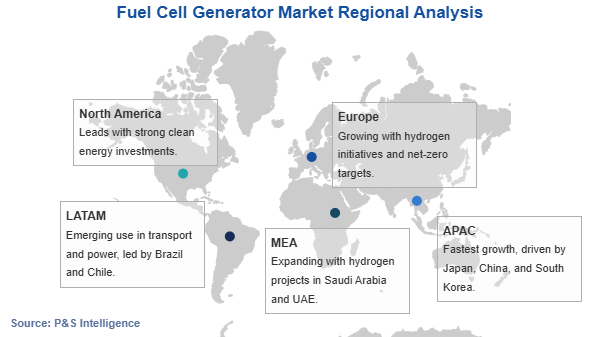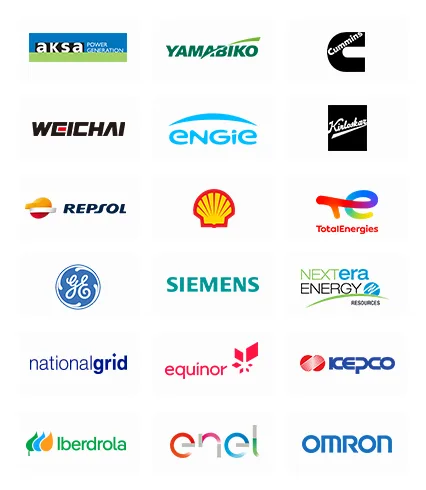Fuel Cell Generator Market Overview
The fuel cell generator market size stood at USD 380.9 million in 2024, and it is expected to advance at a compound annual growth rate of 21.1% during 2025–2032, to reach USD 1744.3 million by 2032.
The growth of the industry can be primarily ascribed to the various factors, such as renewability of energy, easy accessibility of fuel cell generators, minimalization of carbon residues. The increasing demand for generation of clean power along with minimal emissions from carbon.
According to the U.S. Energy Information Administration, the U.S. operated 210 fuel cell electric power generators at 151 facilities with 384 megawatts (MW) of nameplate electric generation capacity toward the end of March 2024. Fuel cell technology accounted for less than 1% of electricity generation in the U.S. in 2022, which shows the huge potential for the growth of this technology.
Other driving factors include the stimulus packages and financial advantages to support the green innovation infrastructure, rising fossil fuel byproducts from power stations and enterprises, and low expansion of responsibility for generators. Advantages of the innovation in the power devices incorporate low-to-zero discharges, higher proficiency, dependability, source adaptability, energy security, durability, versatility, and are free from any.
